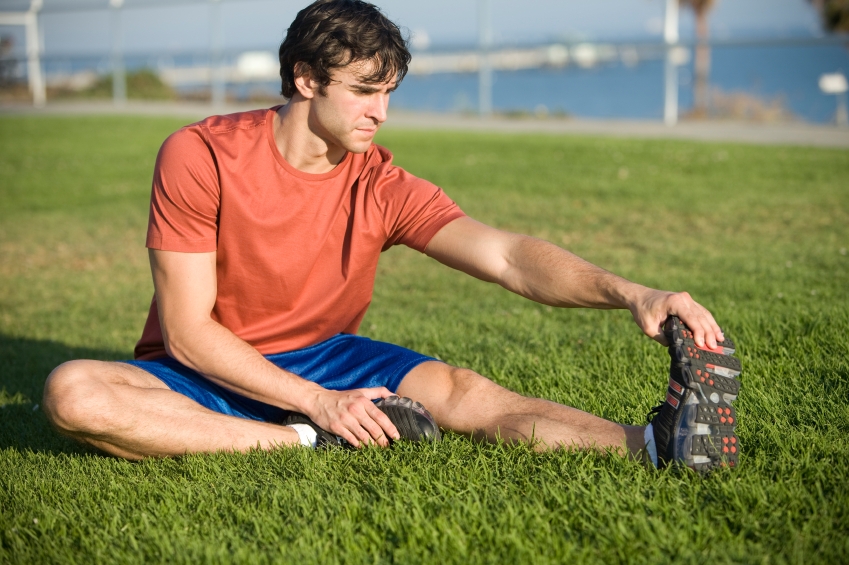Are you eating enough fat? This sounds like a trick question but the reason that you could not be performing well in your workouts and progressing towards your fitness goals leads to this question being answered. Fats amount to about 30% of our diet. Both healthy and unhealthy fat sources have a positive impact on our body. The idea that fats have a negative impact on many parts of your body can limit your progress and overall health. It is better to focus on the quality of fat sources rather than quantity. The goal is to maintain a consumption of around 30 percent of total calories of fat with only 10 percent of those calories from saturated fat.
Unhealthy or saturated fats are usually consumed in meats and dairy products. Meat and dairy products that are rich in calcium, iron and zinc are also necessary in the diet to maintain enough protein based on your body weight and goals. These food groups should be limited due to the amount of cholesterol in which they contain. Cholesterol can be a nemesis in your diet since it is nonessential, meaning that your body produces it on it's own. Enough cholesterol is produced by the liver and intestines of the body, on a daily basis, so you need to eat as little as possible. A new phobia should be geared towards cholesterol rather than fat since the exclusion of this nonessential substance will not matter all. Due to heredity, some people have predisposed elevated cholesterol levels. With or without this predisposition we all should limit the amount of cholesterol we consume.
To overcome your phobia, of eating too much fat, it is best to focus on healthy fat sources as well as the benefit you get from eating these fats. Healthy fat sources are more reactive and have multiple physiological benefits. Healthy or unsaturated fats amount to 20% of the 30% of fat calories that are required in your daily calorie intake. Eating the right amount of fats on a daily basis lead to these benefits:
- Maintain organ insulation and protection
- Helps you store vitamins that are fat soluble (A,D,E,K)
- Maintain healthy cell membranes
- Helps the brain develop and function properly
- Helps the nervous system develop and function properly
- Maintains normal hormone levels and secretion rates (Estrogen, Testosterone, and Cortisol)
Quality is key when we think about eating fat. A diet that lacks the right amount of quality fats(unsaturated) and is loading with unhealthy fats(saturated), high in cholesterol will lead to a high risk of health problems due to obesity. Unless you are an aerobic endurance athlete and perform an hour and a half of cardio a day, obesity is your destiny if unhealthy fat consumption is abused. To help you overcome your phobia you must focus on the facts and the role that healthy fats play in your body. The "scary fat" myth is over and has been proven to be less beneficial to living a healthy lifestyle. Fats are necessary in quality sources. Here is list of healthy food choices that are packed full of healthy nutrients that aid in the superior functioning of the human body:
- Avocados
- Nuts (all, including peanut butter)
- Olive oil
- Canola Oil
- Fish oils (Salmon, Tuna, Sardines, etc.)
- Soy milk
- Sunflowers








